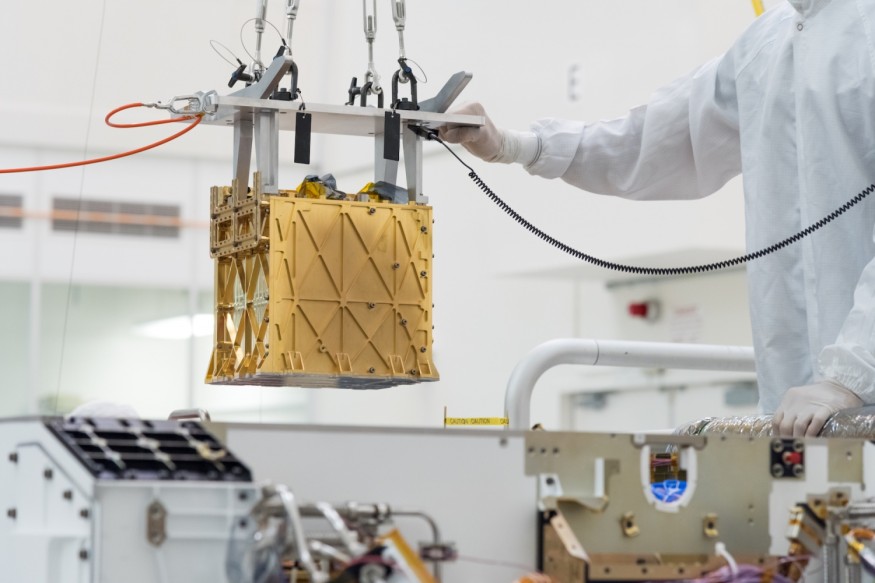It is full of energy, as it name suggests, and yet seemingly without use in the greater scheme of things with NASA's Perseverance rover now on Mars.
The rover is heavily equipped with multiple apparatus for its mission: robot arms and lasers to observe data and maneuver across the terrain of the Red Planet and so on.
Yet among the pieces of equipment attached to the rover, the Perseverance has one component that seems useless to the voyage. It's called MOXIE.
Mars Oxygen In-Situ Resource Utilization Experiment

That's Mars Oxygen In-Situ Resource Utilization Experiment, an instrument inside the rover's trunk that doesn't do anything. It's because the box the size of a car battery isn't functioning yet.
MOXIE might have been hiding inside the Perseverance for a long time now, but it carries a system that could pave the way for humans to land on Mars.
MOXIE's main objective is to show how explorers could produce oxygen in the Martian atmosphere and make it breathable. The process will include the breaking down Mars' carbon dioxide into carbon monoxide and oxygen.
The process will be conducted with the help of solid oxide electrolysis. This includes returning the carbon monoxide to the Mars atmosphere while keeping the oxygen intact and make it consumable, reports IEEE Spectrum. It may not be obvious, but MOXIE has already conducted the process several times while onboard the Perseverance.
Last April, MOXIE produced 98 percent pure oxygen weighing about 5 grams, all in just one hour. Right now, the only allotted rate of MOXIE's oxygen production is a maximum of 10 grams per hour.
Even though the 5 grams of oxygen is not enough, as it won't last more than 10 minutes to provide breathable air, researchers have proven that MOXIE's system works.
MOXIE Solution to Harvest Breathable Air in Mars
The architecture and application of MOXIE were first revealed in a 2017 study published at the MIT Libraries, "System modeling, design, and control of the Mars Oxygen In-Situ Resource Utilization Experiment (MOXIE) and implications for atmospheric ISRU processing plants."
MOXIE weighs about 170 kilograms or almost 380 pounds, with 300 watts of power.
The history of how NASA sneaked MOXIE on the Perseverance mission is hilarious. But to make the story short, NASA was initially focusing on space observations, including the construction of the International Space Station (ISS). The Mars missions were set aside due to funding issues and lack of resources.
But in 2010, all of the space shuttle programs were already accomplished, along with the completion of the ISS. This placed the Mars missions in the spotlight.
The opportunity convened a rare collaboration between the different departments of NASA, including Human Exploration, Science, and Space Technology. According to MIT Haystack Observatory's associate director and MOXIE's principal investigator Michael Hecht, the assembly of NASA's different teams pushed the MOXIE program to be added to the Perseverance mission -- a kind of "stow-away."
MOXIE's character build-up did not go to waste as its hidden ability could solve the lack of breathable air on Mars.
One possible solution to an oxygen problem is for rovers to search ice and break it, forming hydrogen and oxygen. However, this method will put a lot of work. According to the IEEE Spectrum report, instead of the complex hunt for ice above and beneath the Martian surface, a bunch of MOXIE can just lie around the Red Planet and collect then harvest oxygen without exerting much energy and resources.
RELATED ARTICLE : China's Zhurong Rover Successfully Landed on the Red Planet, Beginning of a New Mars Mission
Check out more news and information on Mars on Science Times.












